On the night of August 1, 1946, hundreds of World War II veterans laid siege to the McMinn County jail in Athens, Tennessee. Armed with rifles, Thompson submachine guns, and dynamite, they surrounded the brick building where corrupt county officials had locked themselves inside with stolen ballot boxes. What followed was six hours of sustained gunfire, three dynamite explosions that flipped police cruisers and collapsed the jail's front porch, and ultimately the surrender of Sheriff Pat Mansfield's deputies. Miraculously, despite the intensity of the firefight, no one was killed.The Battle of Athens represents one of the most dramatic and controversial episodes in American political history—a moment when citizens took up arms against their own government and won the immediate tactical victory. But this episode isn't a simple story of heroic veterans defeating corruption. It's a far more complicated tale about the limits of both legal reform and extralegal action, about democratic institutions failing and violence nearly spawning anarchy, and about how armed rebellion—even successful armed rebellion—rarely produces the lasting change its participants hope for.To understand what happened that August night, you need to understand how McMinn County became what one historian called "the most corrupt county in Tennessee." In 1936, Paul Cantrell rode Franklin Roosevelt's coattails to become sheriff and discovered something profitable: Tennessee sheriffs earned fees per arrest rather than salaries. The system created perverse incentives. Deputies began arresting anyone for anything—driving too slow, driving too fast, spitting on sidewalks, fabricated traffic violations. Travelers passing through on Highway 11 were pulled over and charged arbitrary fines. No receipt, no appeal, just pay or sit in jail. Between 1936 and 1946, these fees collected nearly $300,000 (roughly $5 million in today's dollars).But the corruption ran deeper than predatory policing. Starting in 1940, Cantrell's machine began seizing ballot boxes on election night before votes could be counted publicly. Deputies would lock themselves in the county jail with the ballots and count them in secret. When they emerged hours later—surprise—Cantrell and his candidates always won by comfortable margins. Opposition candidates tried everything: poll watchers (blocked by deputies), legal challenges (dismissed by friendly judges), appeals to state and federal officials (ignored). By 1942, there was no legal path to reform because Cantrell's machine controlled the sheriff's office, the county court, the election commission, and the ballot counting itself.Then World War II ended and 3,000 veterans returned home to find that the corruption had only worsened. Many veterans were targeted immediately—arrested on fabricated charges, beaten by deputies, extorted for their mustering-out pay. By early 1946, a group of veterans decided they had one option left: field their own slate of candidates and ensure their votes were actually counted. They formed the GI Non-Partisan League and nominated Knox Henry, a decorated veteran of the North African campaign, to run against Paul Cantrell for sheriff. Their slogan: "Your Vote Will Be Counted As Cast."On August 1, 1946—Election Day—tensions exploded. Sheriff Mansfield brought in 200-300 armed deputies from out of state to control the polls. By afternoon, GI poll-watchers were being beaten and arrested. At 3:45 PM, an elderly Black farmer named Tom Gillespie was shot in the back by deputy Windy Wise when Gillespie attempted to vote. As polls closed at 4:00 PM, Cantrell's deputies seized the ballot boxes and locked themselves inside the county jail to count votes in secret—exactly as they'd done for a decade.But this time was different. A group of veterans, led by Marine Bill White, broke into the National Guard armory and armed themselves with rifles, ammunition, and Thompson submachine guns. By 9:00 PM, several hundred armed veterans surrounded the jail and demanded the ballot boxes be released. When deputies refused, the veterans opened fire. The battle raged for six hours. Finally, around 2:30 AM, the veterans began throwing dynamite. Three massive explosions shattered the night—one flipped Sheriff Mansfield's cruiser upside down, another collapsed the jail's front porch. At 2:50 AM, the deputies inside surrendered and handed over the ballot boxes.The immediate aftermath nearly descended into mob violence. Crowds gathered, some seeking revenge against deputies who had brutalized them for years. Police cars were overturned and set ablaze. Several deputies were beaten. Veteran leaders worked through the night to restore order. By dawn, Athens was quiet. The ballot boxes were counted under veteran supervision, and the results were clear: Knox Henry and the GI candidates had won by two-to-one margins. The people had finally voted—and this time, their votes had been counted.But here's the uncomfortable truth: the victory was real, but the reform was limited. Knox Henry served one term as sheriff and ended the fee system. The Cantrell machine was broken. But McMinn County didn't transform into a model of democratic governance—it became a fairly typical rural Tennessee county with the same problems as everywhere else. Some GI candidates proved as self-interested as those they'd replaced. Factionalism developed among the veterans themselves. By 1948, the GI government had essentially collapsed, and politics in McMinn County returned to normal.The veterans themselves were deeply conflicted about what they'd done. Bill White, one of the leaders, later said that while their grievances were justified, the armed confrontation was "not something we'd recommend to others facing similar problems." Theodore H. White, writing in Harper's Magazine in 1947, noted that the veterans advised other communities "not to try to settle election controversies with a gun." The Battle of Athens proved you could overthrow a corrupt local government with rifles and dynamite. What it couldn't prove was whether armed rebellion leads to lasting institutional reform—or whether the cost was worth the temporary victory.Today, you can visit Athens, Tennessee, and see the McMinn County jail still standing on Washington Avenue, renovated but recognizable. A historical marker on White Street commemorates the event with carefully neutral language, acknowledging both the corruption that sparked the rebellion and the violence that followed. The story endures not as a simple tale of heroes defeating villains, but as a complicated reminder that democracy demands eternal vigilance, that corruption thrives when citizens become passive, and that guns can topple tyrants but cannot build the institutions that prevent their return.Timeline of Events- 1936 - Paul Cantrell elected sheriff, begins fee-based arrest system- 1940-1944 - Ballot box seizures and secret vote counting become routine; multiple DOJ investigations yield no action- 1945-1946 - 3,000 McMinn County veterans return home from World War II- May 1946 - Veterans form GI Non-Partisan League and nominate candidates- August 1, 1946, 3:45 PM - Tom Gillespie shot in the back by deputy while attempting to vote- August 1, 1946, 9:00 PM - Armed veterans surround county jail and demand ballot boxes- August 2, 1946, 2:30 AM - Veterans begin throwing dynamite at jail- August 2, 1946, 2:50 AM - Deputies surrender; ballot boxes released- August 2, 1946, Dawn - Ballots counted under veteran supervision; GI candidates win by 2-to-1 margins- 1947 - GI government begins to collapse; veterans advise others against armed solutions- 1948 - Cantrell machine effectively ended, but lasting reform proves elusiveHistorical SignificanceThe Battle of Athens remains one of the most dramatic and controversial episodes in American political history. It stands as one of the only successful armed rebellions on American soil since the American Revolution—but "successful" requires careful qualification. The veterans won the immediate tactical victory: they broke the Cantrell-Mansfield political machine, ended the corrupt fee-based policing system, and restored (temporarily) democratic elections to McMinn County.However, the deeper significance lies in what the battle revealed about the fragility of democratic institutions and the limitations of violence as a tool for reform. The veterans had exhausted every legal remedy before resorting to force—appeals to county courts, state officials, the FBI, and the Department of Justice all failed to produce change. When democratic systems fail completely, what options remain for citizens? The Battle of Athens forced a national conversation about this question in the immediate post-World War II era.The rebellion also sparked a brief but significant veterans' political movement across Tennessee and other Southern states. Veterans in other counties, inspired by Athens, organized their own campaigns against corrupt political machines. However, these movements quickly faded as concerns grew about veteran violence and as established political powers mobilized to co-opt or suppress the insurgencies. The national press, initially fascinated, turned critical and warned against normalizing vigilante justice.Perhaps most importantly, the Battle of Athens demonstrated that armed victory doesn't guarantee lasting reform. The GI government in McMinn County struggled with internal conflicts, factional disputes, and the practical challenges of governance. Within two years, politics in the county returned to relative normalcy—better than under Cantrell, certainly, but far from the transformed democratic ideal the veterans had fought for. This sobering reality led the veterans themselves to counsel against replicating their actions, acknowledging that "shooting it out" was not the most desirable solution to political problems.Today, the Battle of Athens occupies an ambiguous place in American memory. To some, it represents th



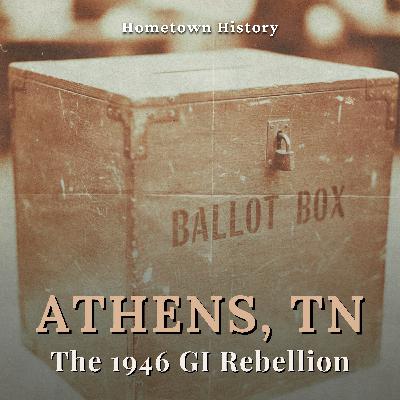
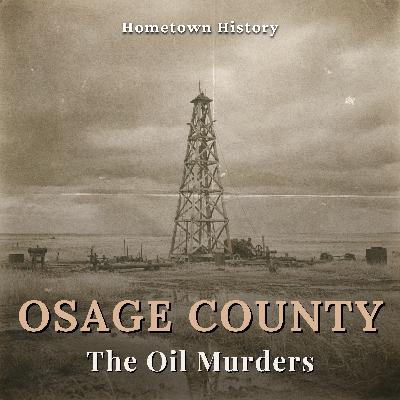
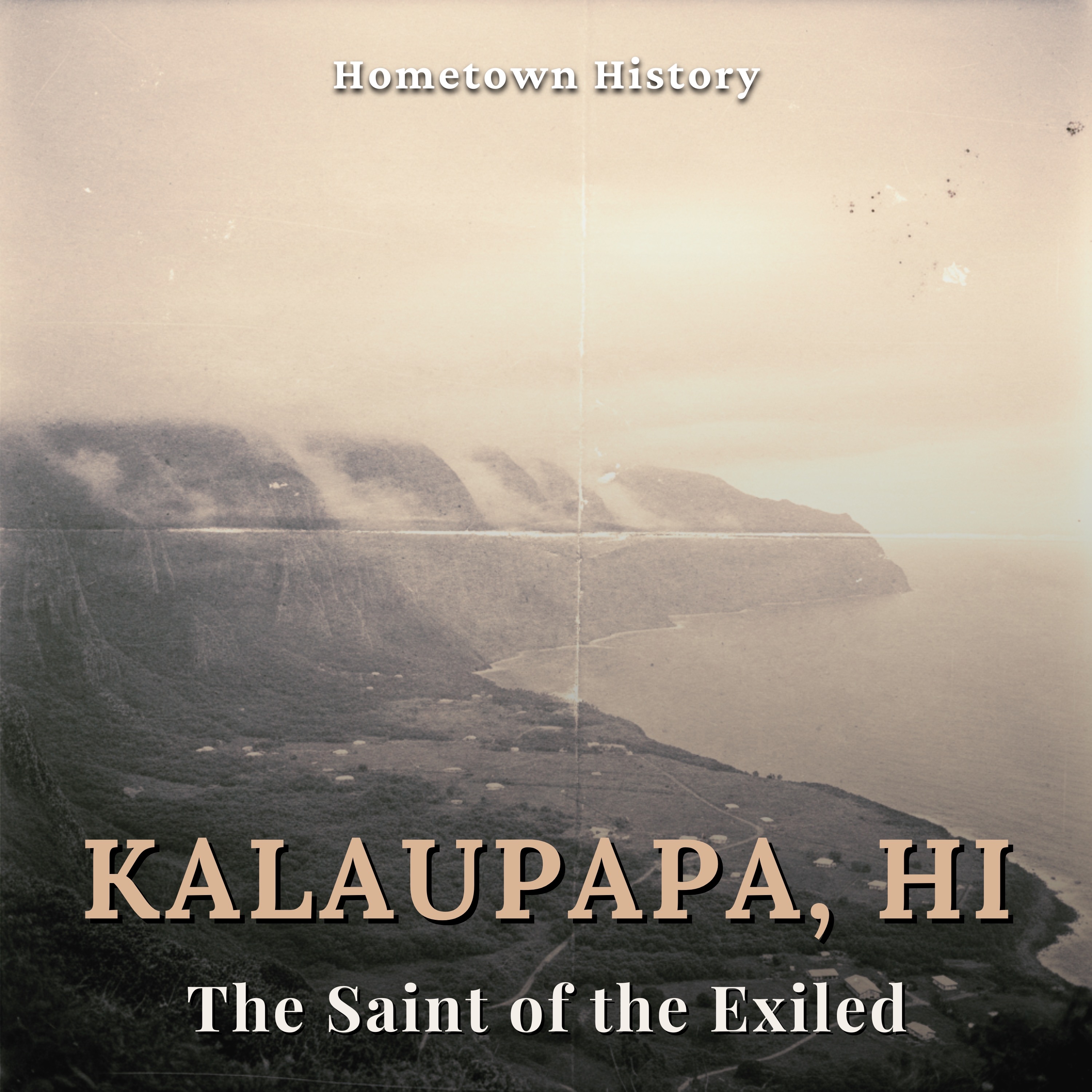
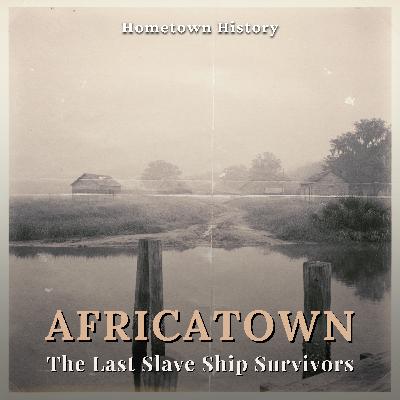
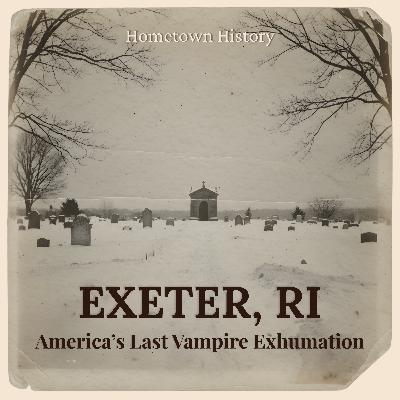

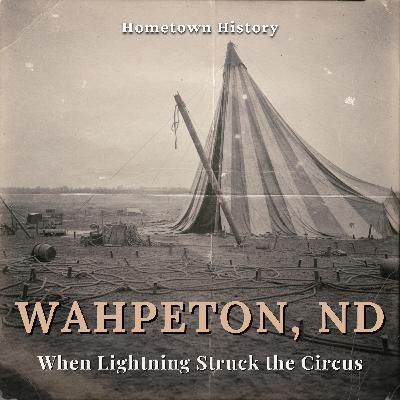
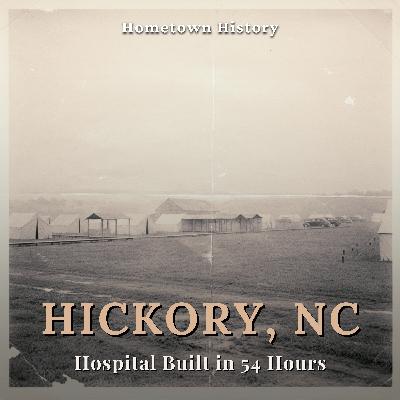

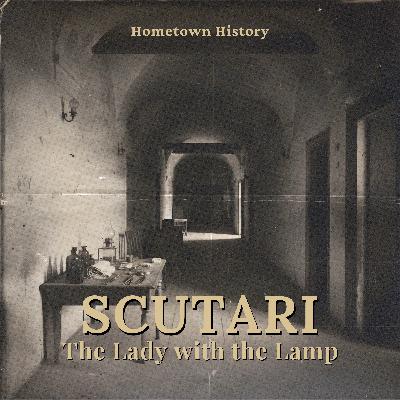
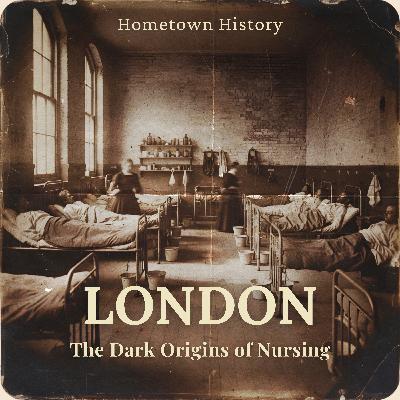


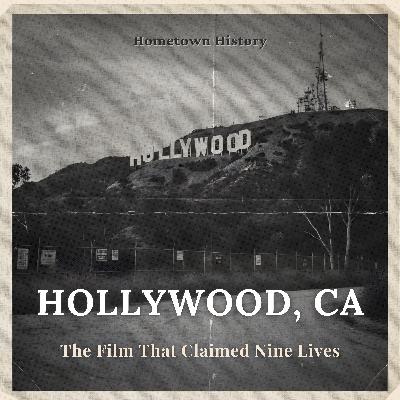

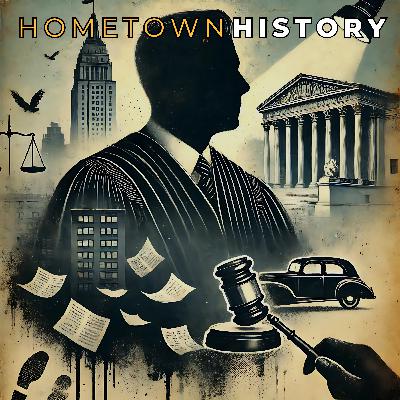


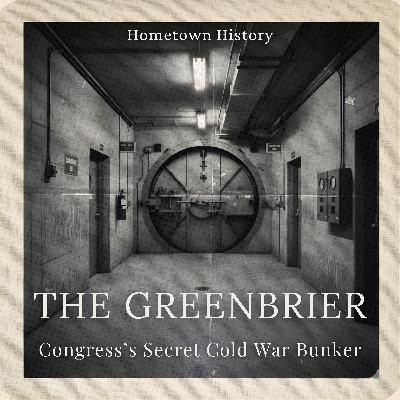



great episode
I really enjoyed this podcast, are there any more episodes?